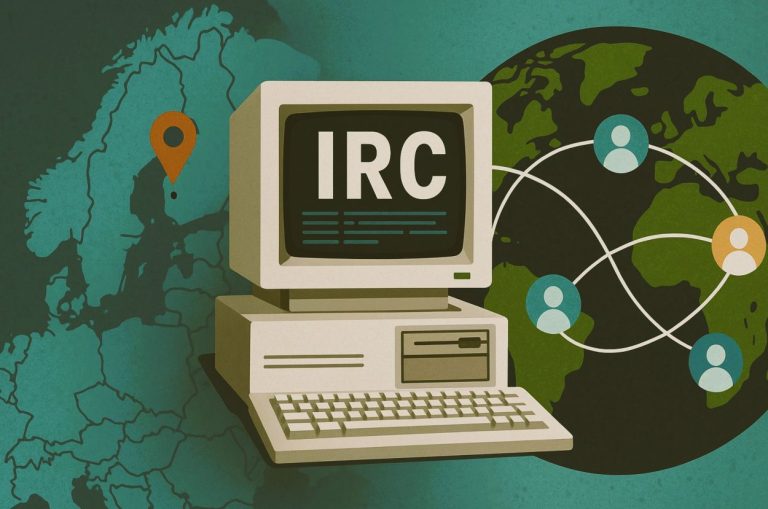

In today’s fast-paced digital age, software has become an integral part of educational institutions. From administrative tasks to academic support, software solutions play a vital role in enhancing efficiency and promoting effective learning experiences. However, managing software in educational institutions can be a complex and challenging task. In this comprehensive guide, we will explore the key strategies and best practices for effectively managing software in educational institutions.
Understanding the Software Needs in Educational Institutions
The first step in managing software effectively is to understand the specific needs of the institution. This involves identifying the unique software requirements for both administrative tasks and academic support. Administrative software may include student information systems, finance and accounting software, human resource management systems, and more. On the other hand, academic software may consist of learning management systems, educational apps, virtual reality tools, and other platforms that facilitate teaching and learning, such as understanding all about the flipped classroom, which is an instructional strategy where students complete traditional homework at home and engage in problem-solving activities during class time.
Selecting the Right Software Solutions
Once the software needs are identified, the next step is to select the right software solutions. This requires thorough research into the available options in the market. The team at https://www.appsanywhere.com adds that it is important to evaluate software features, compatibility with educational goals, and ease of use. Additionally, considering budget constraints and scalability is crucial in choosing software solutions that can grow with the institution over time.
Implementing Software Solutions
Implementing software solutions requires careful planning and collaboration with IT staff and stakeholders. Creating a detailed implementation plan helps ensure a smooth transition and minimizes disruptions. It is essential to involve all relevant parties and communicate the implementation process effectively. Integration with existing systems should be seamless to avoid any data loss or disruption of services.
Training and Support for Staff and Students
Effective software management includes providing comprehensive training programs for staff members to ensure they can utilize the software efficiently. This training should cover both the technical aspects of the software as well as its practical applications within the educational context. Ongoing support should also be provided to address any issues or questions that may arise. Furthermore, fostering a culture of continuous learning and feedback can help improve software usage and enhance the overall experience for staff and students.
Monitoring and Maintenance
Once software is implemented, it is crucial to establish monitoring mechanisms to ensure optimal performance. Regular updates and patches should be applied to keep the software up-to-date and secure. Data security and backup procedures must also be in place to safeguard sensitive information. By proactively monitoring and maintaining software, educational institutions can minimize downtime, prevent system failures, and protect vital data.
Optimizing Software Usage for Educational Goals
To maximize the benefits of software solutions, it is important to optimize their usage for educational goals. Encouraging collaboration and knowledge sharing among students and staff can be facilitated through software platforms. Analytics and reporting features can provide valuable insights for data-driven decision-making, helping educators identify areas of improvement and tailor their teaching approaches. As educational needs evolve, software should be adaptable and flexible enough to meet these changing requirements.
Addressing Common Software Management Issues
Managing software in educational institutions comes with its fair share of challenges. Common issues include software compatibility problems, licensing and renewal challenges, and the risk of data breaches or system failures. Institutions should have strategies in place to address these issues promptly and efficiently. This may involve proactive communication with software vendors, regular audits of licenses and renewals, and implementing robust cybersecurity measures.
Future Trends in Software Management for Educational Institutions
As technology continues to advance, it is important for educational institutions to stay informed about future trends in software management. Cloud-based solutions and software-as-a-service (SaaS) models offer increased flexibility and accessibility. Artificial intelligence and machine learning technologies hold the potential to revolutionize education by providing personalized learning experiences. Mobile applications and remote learning capabilities are becoming increasingly important, enabling students to access educational resources anytime, anywhere.

Effectively managing software in educational institutions is crucial for enhancing efficiency, promoting effective learning, and staying ahead in the digital age. By understanding software needs, selecting appropriate solutions, implementing them effectively, providing training and support, monitoring and maintaining software, optimizing usage, and addressing common issues, institutions can ensure a smooth software management process. Embracing future trends and continuously adapting to evolving educational needs will further enable institutions to harness the full potential of software for the benefit of their students and staff.
Remember, managing software in educational institutions is an ongoing process that requires continuous improvement and adaptation. By following the strategies and best practices outlined in this comprehensive guide, educational institutions can navigate the complexities of software management and reap the benefits of a well-managed technological infrastructure.


